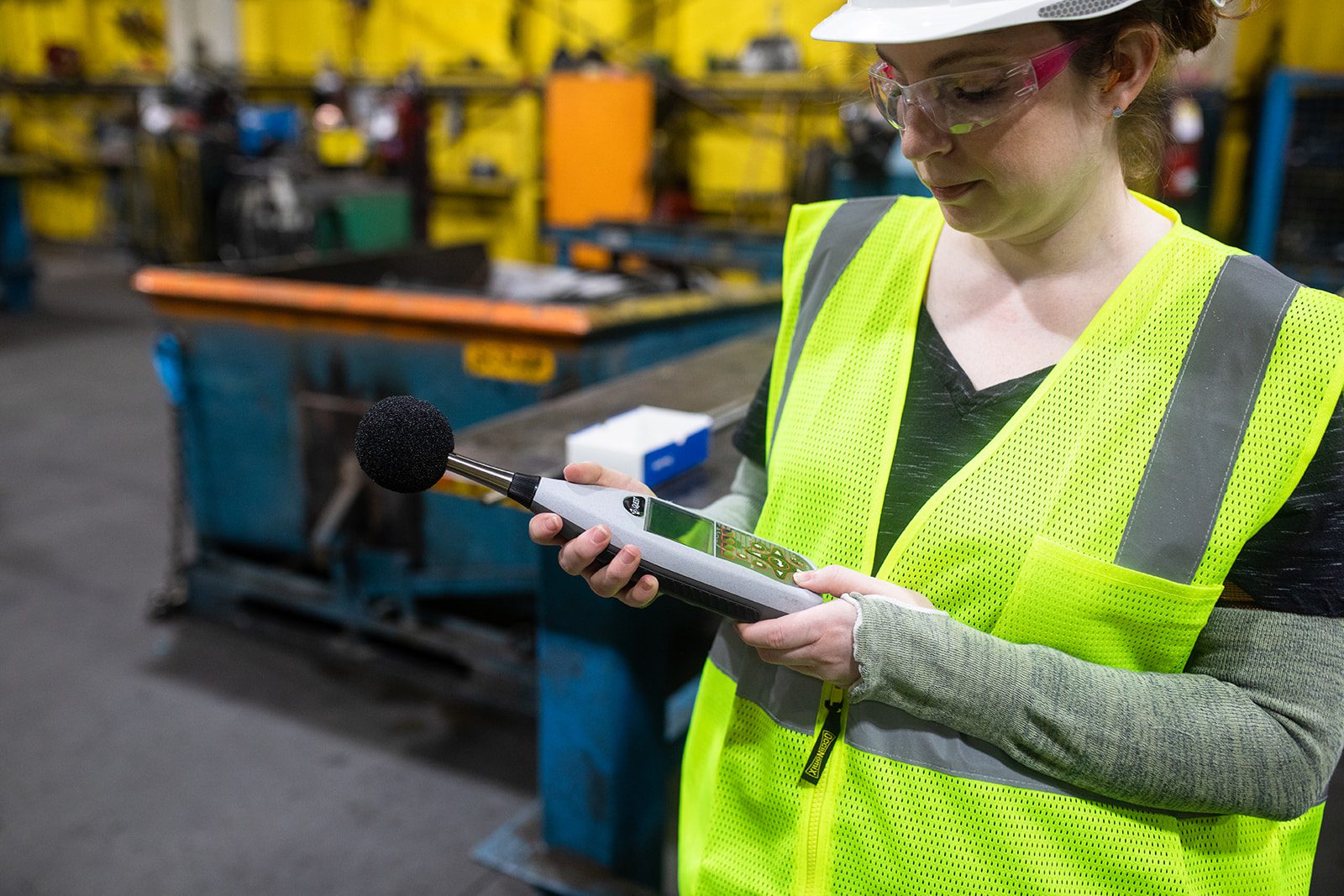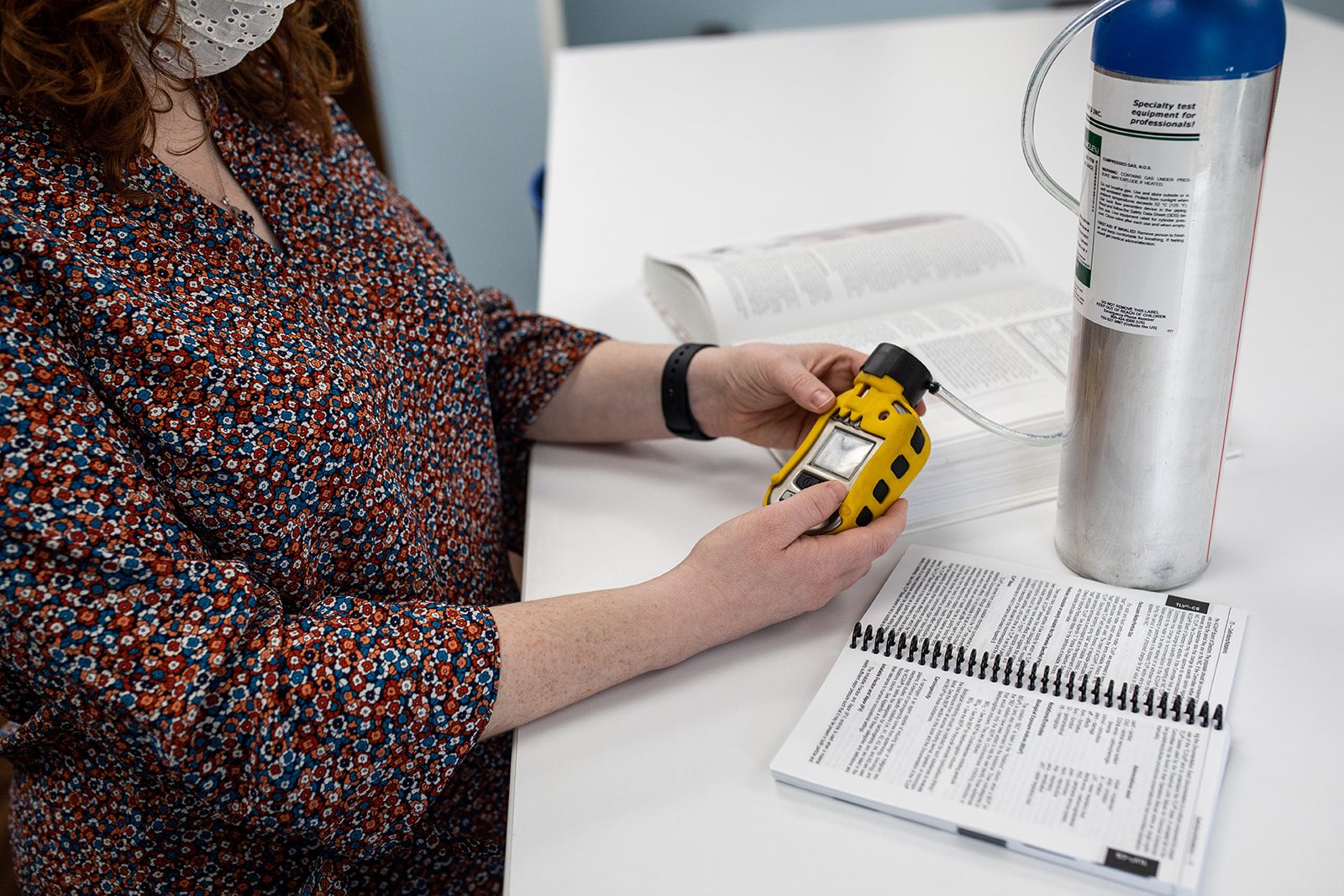Industrial hygiene uses a lot of acronyms for exposure limits and hazard assessment. While they may sound the same, each one is unique and it is helpful to understand the difference.
EXPOSURE LIMITS
- OSHA: Occupational Safety and Health Administration
- NIOSH: National Institute for Occupational Safety and Health
- ACGIH: American Conference of Governmental Industrial Hygienists
- AIHA: American Industrial Hygiene Association
- OARS: Occupational Alliance for Risk Science
- OEL (Occupational Exposure Limit): The level of admissible exposure, for a length of time, to a chemical or physical hazard that is not likely to affect the health of a worker.
- PEL (Permissible Exposure Limit): The OSHA regulatory limits, intended to protect workers from adverse health effects of exposures to chemical and physical hazards. OSHA PELs are based on 8-hour workdays and 40 hour workweek. While they are the regulatory limits, OSHA has acknowledged many PELs may not be sufficient in protecting worker health.
- REL- Recommended Exposure Limits: Established by NIOSH, they are recommended airborne concentrations for up to a 10-hour workday during a 40-hour workweek.
- TLV- Threshold Limit Value: Established by ACGIH, they are airborne concentrations of chemical and physical hazards that represent conditions under which it is believed that nearly all workers may be repeatedly exposed, day after day, over a working lifetime, without adverse health effects. ACGIH TLV’s are based on 8-hour workdays and 40 hour workweeks.
- WEEL: Workplace Environmental Exposure Levels: Established by OARS, they are exposure limits based on repeated daily exposures over a working lifetime. They are normally averaged over an 8-hour workday. WEELs are established for chemicals that do not have a PEL, REL, or TLV.
- AL-Action Level: An exposure level that dictates implementation of program elements such as periodic air monitoring, medical monitoring, and employee training. The AL for airborne exposures is typically one-half the OEL for TWA exposures, except where 29 CFR 1910 Subpart Z designates a different concentration.



TWA vs STEL vs C
- TWA (Time Weighted Average): Average exposure, to a chemical or physical hazard, measured across a length of time. Typically, any exposure in an 8-hour work shift of a 40-hour week. Can be modified for work shifts greater than 8-hours.
- STEL (Short Term Exposure Limit): Typically a 15-min TWA exposure that should not be exceeded at any time during the workday. Exposures greater than the TWA up to the STEL should be less than 15 minutes, occur less than 4 times per day, and should be at least 60 minutes between successive exposures in this range.
- C or Ceiling: A concentration that should not be exceeded during any part of the working exposure.
OTHER USEFUL TERMS
- SEG (Similar Exposure Group): A group of individuals for whom representative exposure of any member of the group is predictive of exposures of all members of the group.
- IDLH (Immediately Dangerous to Life and Health): Established by NIOSH they are considered a maximum concentration and exposures greater would require a self contained breathing apparatus or Self-Contained Breathing Apparatus (SCBA) with escape pack. In determining IDLH values, NIOSH considered the ability of a worker to escape without loss of life or irreversible health effects , such as severe eye or respiratory irritation, disorientation, and incoordination, which could prevent escape. As a safety margin, IDLH values are based on effects that might occur as a consequence of a 30-minute exposure.
- BEI (Biological Exposure Indices): Established by ACGIH, they are guidance values for evaluating biological monitoring (such as blood or urine) results.
- DRI (Direct Reading Instrument): Instruments that give an immediate indication of the concentration of aerosols, gases, or vapors or the magnitude of a physical hazard by some means such as a dial or meter.
